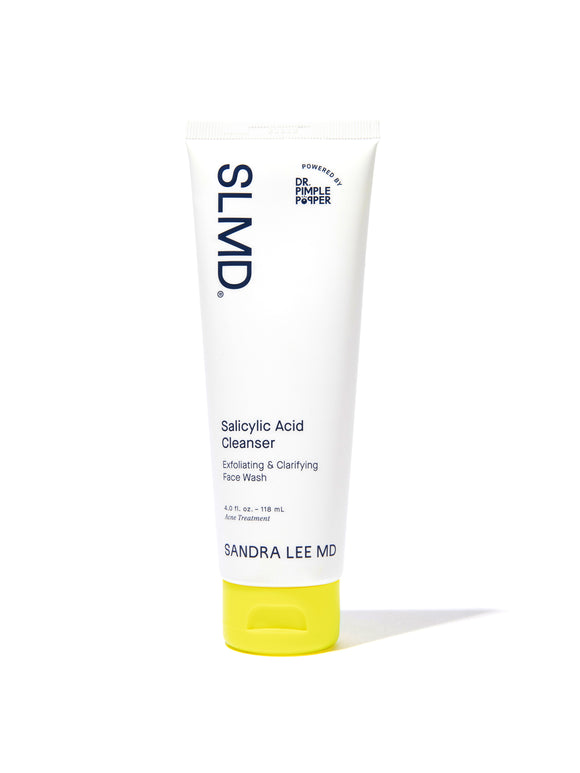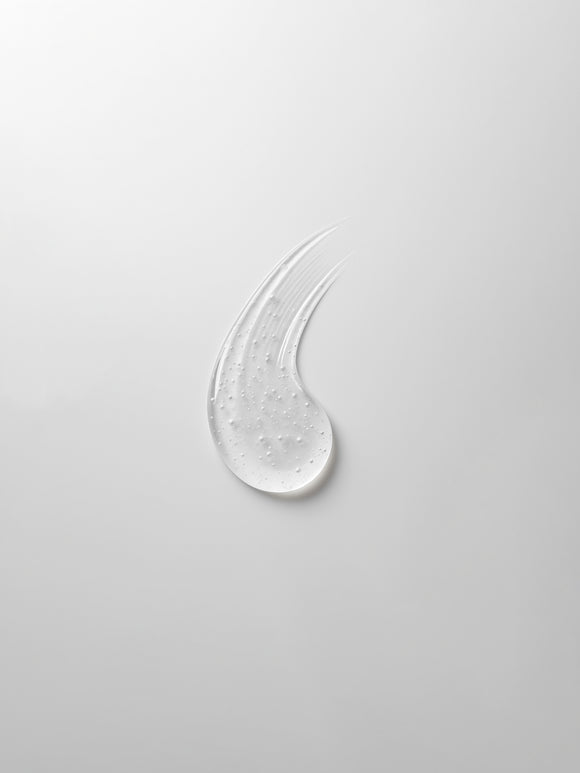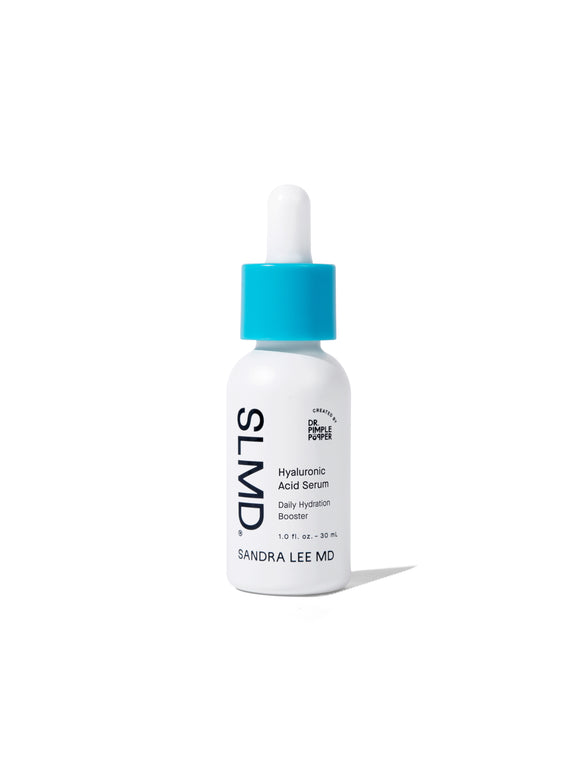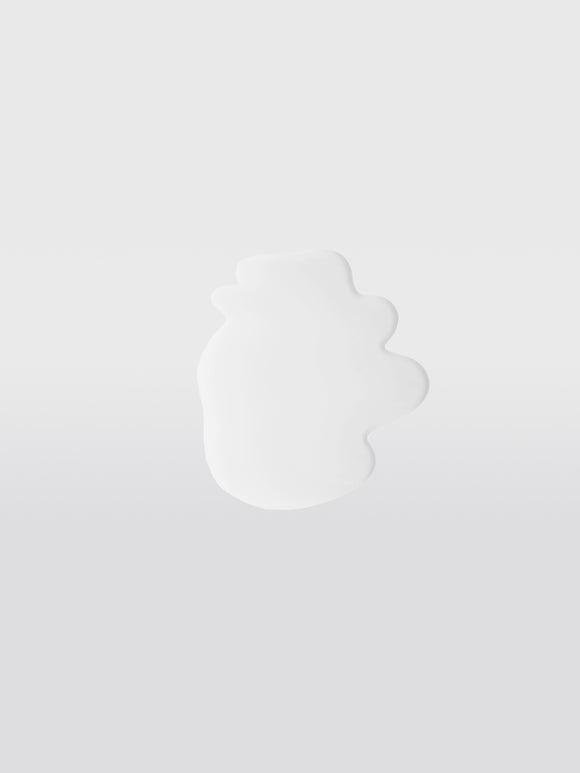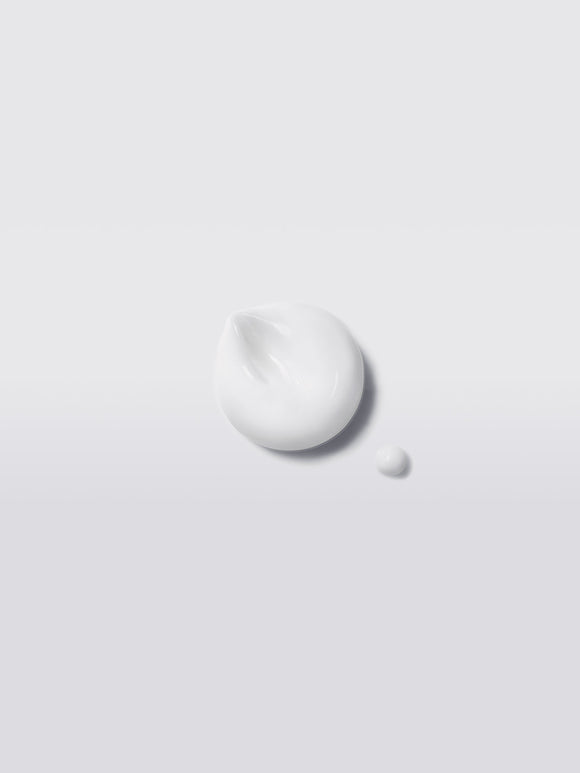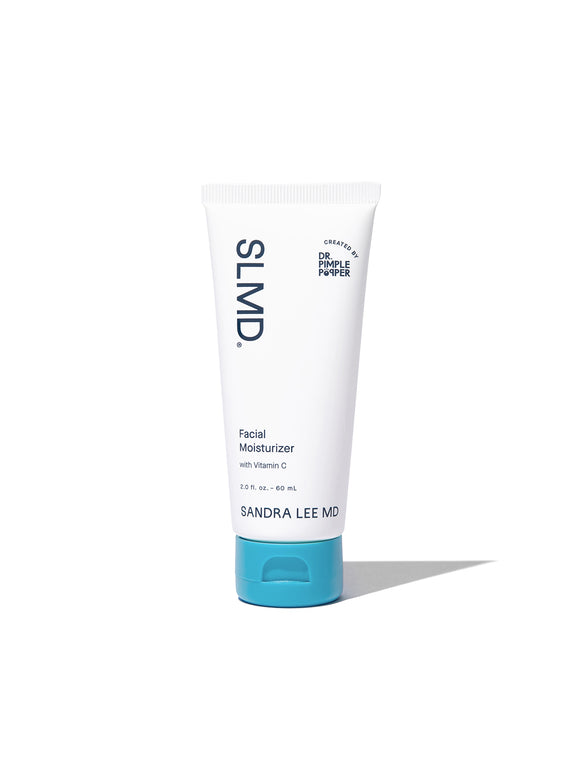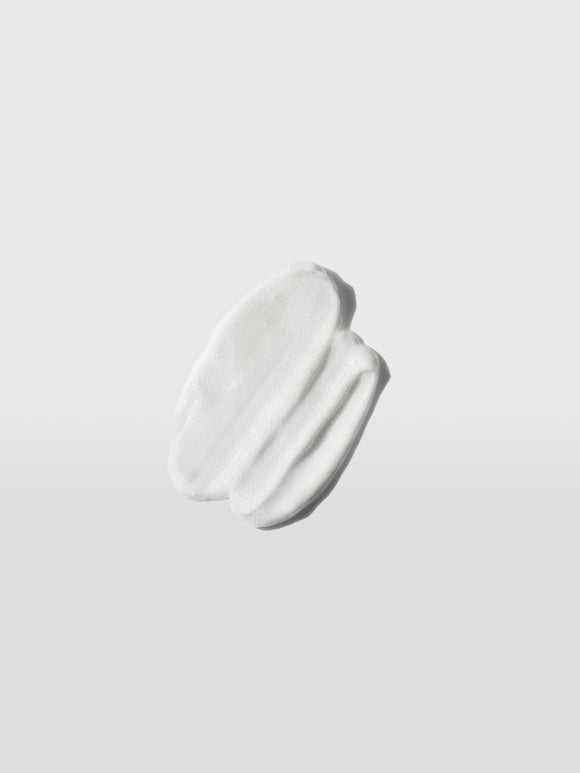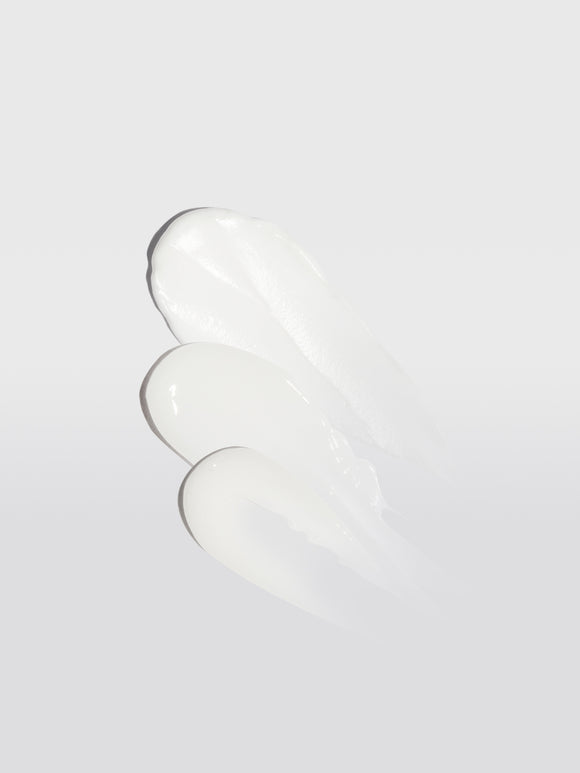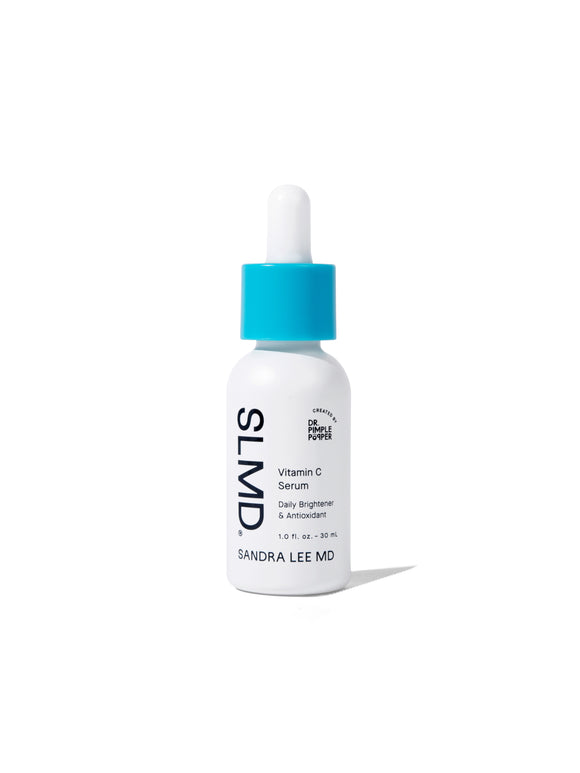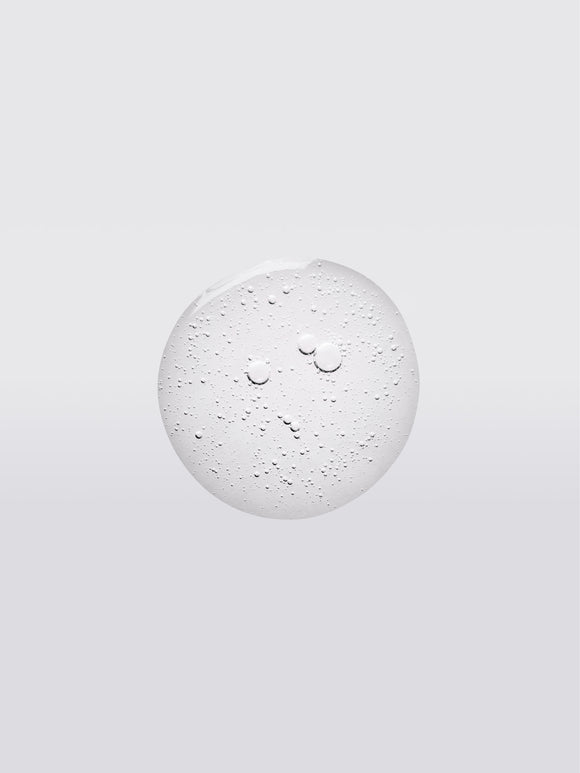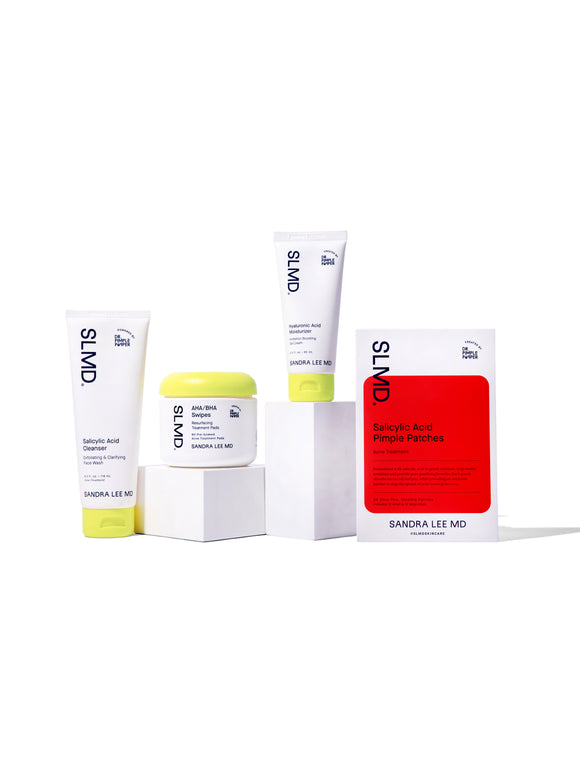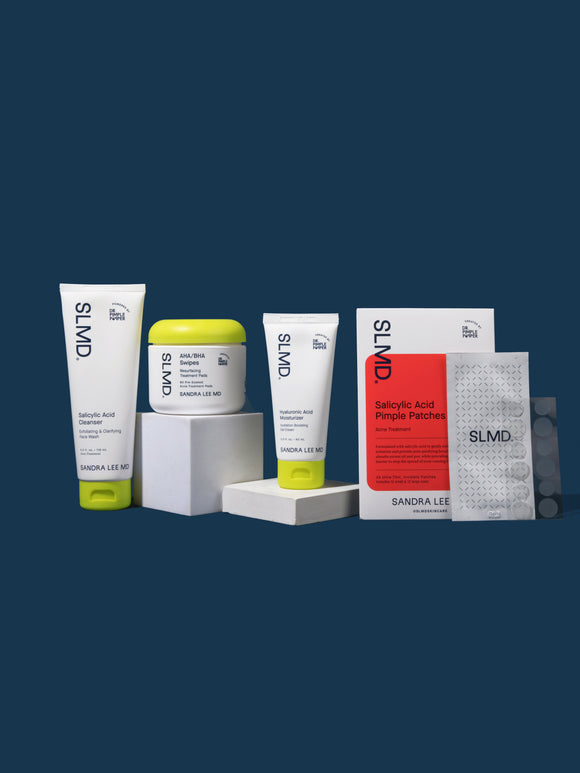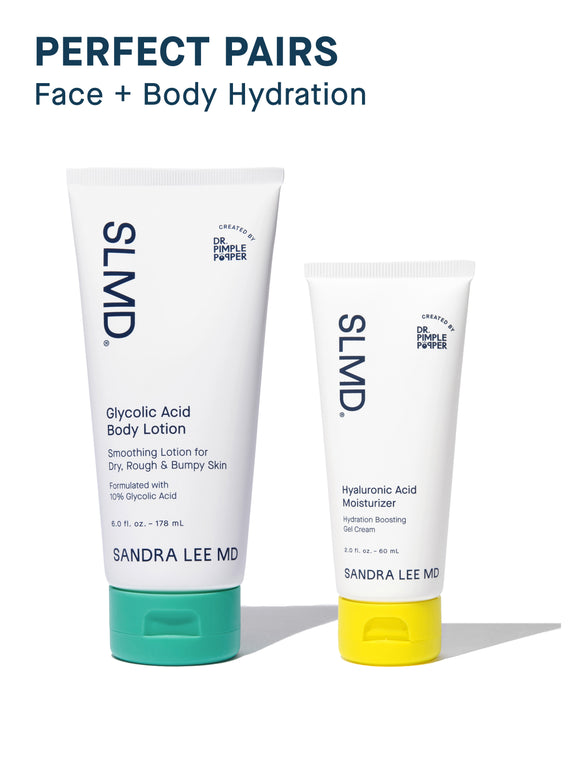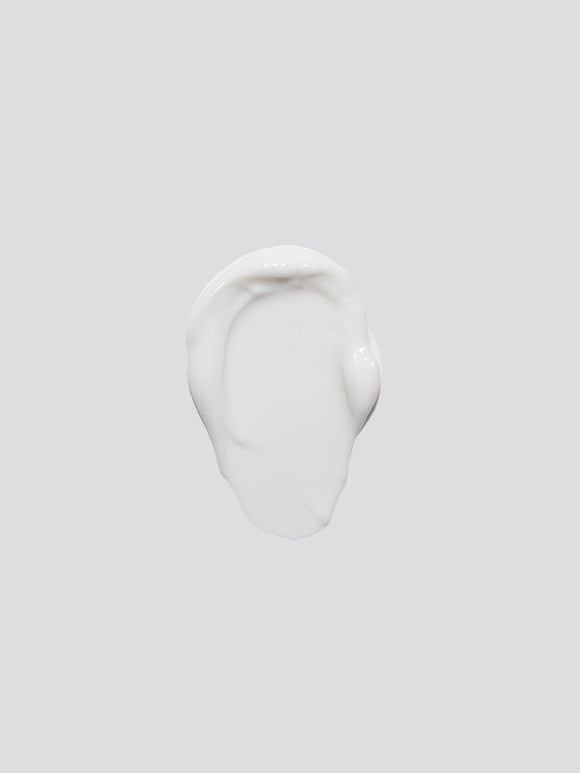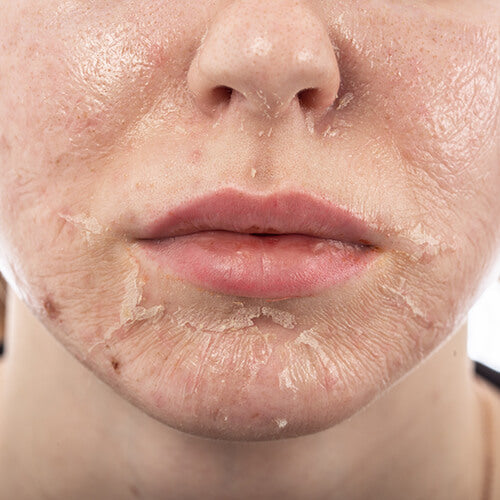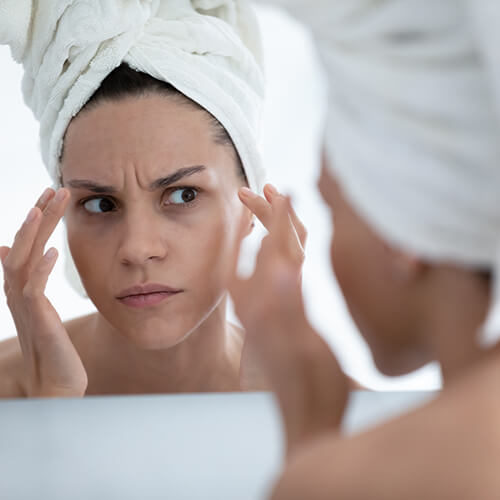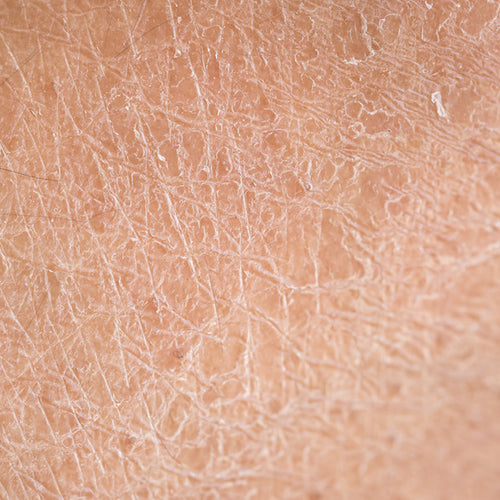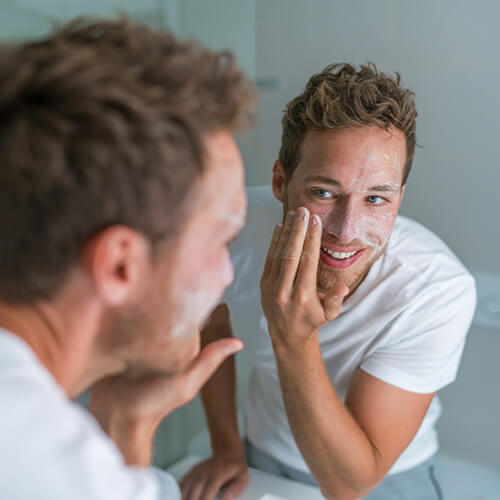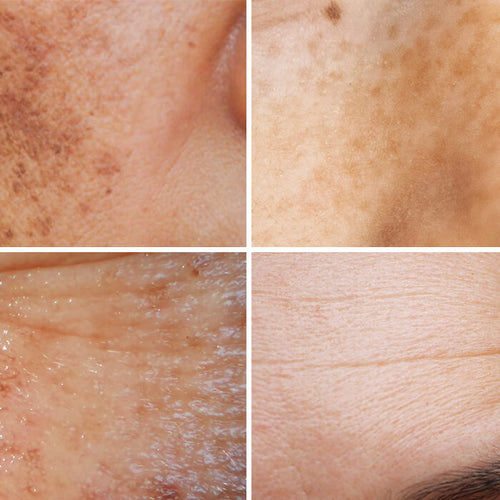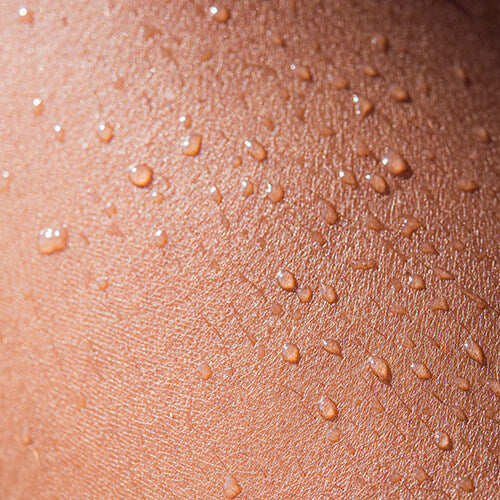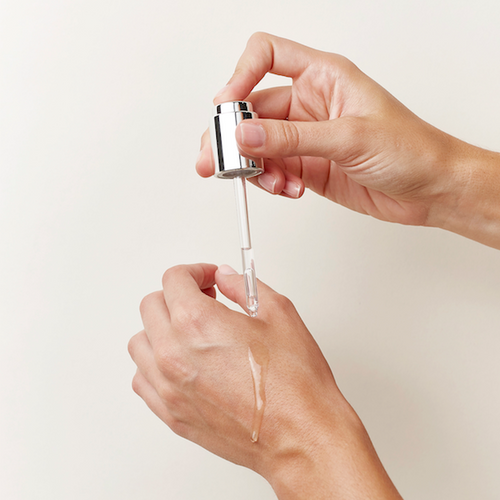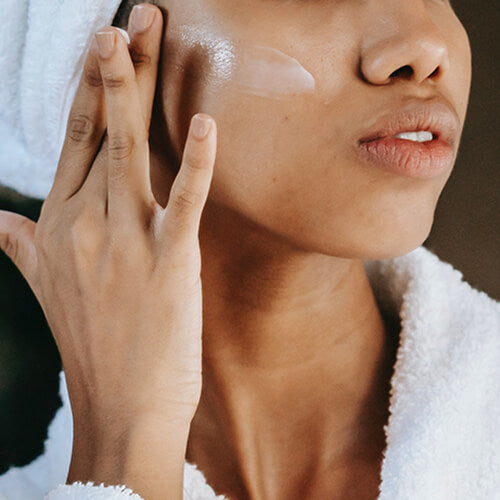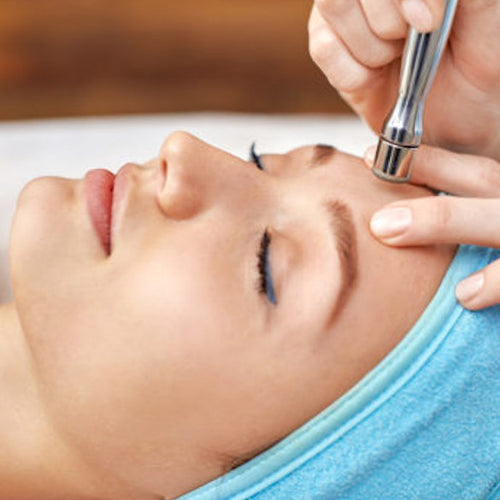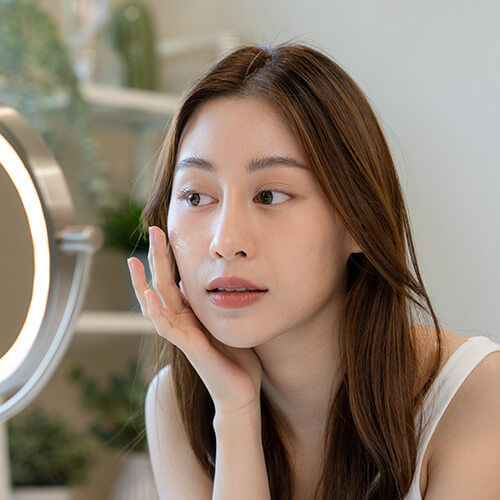
How to Layer Skincare for Dry & Dull Skin: A Dermatologist’s Guide
Dr. Pimple Popper shares how to apply your products for deep hydration and a healthy glow.
Published:
3 minute read
If you have dry or dull skin, layering skincare properly can mean the difference between deep hydration and products just sitting on your skin. While it’s tempting to pile on creams, balms, and oils, using too many or layering them incorrectly can actually clog pores and worsen dryness instead of restoring your glow.
So what’s the best way to layer skincare for long-lasting hydration and radiance? Sandra Lee, MD (aka Dr. Pimple Popper) shares her expert layering guide below.
Article Quick Links
Understanding dry vs. dull skin
Before diving into your routine, it’s important to know whether your skin is dry, dehydrated, or just lacking radiance. For a full breakdown, check out our detailed blog — but here's a summary:
| DRY SKIN | DEHYDRATED SKIN | DULL SKIN |
| Lacks natural oils (sebum) | Lacks water | Doesn't reflect light well |
| Feels tight, rough, flaky | Can feel tight AND oily | Can look gray, uneven, or shadowy |
| Needs rich moisturizers & occlusives | Needs hydrating serums (like hyaluronic acid) | Needs exfoliation & brightening ingredients |
If your skin is both dry and dull, you’ll want to layer products strategically to restore hydration and boost radiance.
Dr. Pimple Popper's Dry & Dull Skin Solutions
Step-by-step skincare routine for dry & dull skin
No matter your skin type, Dr. Lee recommends a simple cleanse, treat, moisturize routine that's easy to stick with. Her dry or dull skin regimen is designed to:
- Hydrate and strengthen your skin barrier
- Boost radiance by gently exfoliating dull, dead skin
- Protect from moisture loss and environmental stressors
Morning routine for dry or dull skin
- Cleanser: Use a gentle, non-stripping cleanser to remove impurities and exfoliate without drying out skin. If your skin is extremely dry, Dr. Lee recommends simply rinsing skin with lukewarm water in the morning and using cleanser at night. Try: SLMD Salicylic Acid Cleanser
- Serum: Apply hyaluronic acid to attract water into the skin. Try: SLMD Hyaluronic Acid Serum
- Moisturizer: Look for humectants and emollients to seal in hydration. Try: SLMD Facial Moisturizer with Vitamin C
- Sunscreen: Always finish with broad-spectrum SPF 15 or higher to protect against moisture loss. If your moisturizer is a 2-in-1 with sunscreen, skip this step. Try: SLMD Daily Moisturizer with SPF 15
Nighttime routine for dry/dull skin
- Cleanser: Wash with your exfoliating cleanser again. Try: SLMD Salicylic Acid Cleanser
- Hydrating serum: Apply hyaluronic acid or niacinamide to replenish hydration. Try: SLMD Hyaluronic Acid Serum
- Retinol: Use retinol to boost cell turnover and improve skin texture. If your skin is dry, start slowly and layer a hydrating serum before applying retinol to minimize irritation. Try: SLMD Retinol Resurfacing Serum
- Moisturizer: Seal in moisture with a barrier-repairing formula. Try: SLMD Hyaluronic Acid Moisturizer
Boosting hydration & glow: optional add-ons
If your skin needs extra support, consider adding these:
- Toner: Choose an alcohol-free toner to balance skin and boost hydration.
- Brightening treatment (AM): Incorporate mild antioxidants as tolerated to brighten skin and protect against free radical damage. Try: SLMD Vitamin C Serum
- Exfoliant (PM): Use chemical exfoliants like AHAs & BHAs 2–3x weekly to remove dead skin cells and enhance radiance. Try: SLMD AHA/BHA Swipes
- Hydrating Mask (PM): Use a moisture-boosting mask 1–2x per week.
FAQ: layering skincare for dry & dull skin
Q: Can I layer multiple hydrating products?
A: Yes! Use hyaluronic acid first, then apply ceramides or oils to seal in moisture.
Q: Should I use face oil before or after moisturizer?
A: Apply face oil after moisturizer to prevent water loss. Look for non-comedogenic oils like squalane to avoid clogged pores. Try: SLMD Hyaluronic Acid Serum
Q: How do I know if I’m over-exfoliating?
A: If your skin feels tight, sensitive, or flaky, cut back exfoliation to 1–2x per week. Learn more about how often you should exfoliate here.
Q: Can I use retinol if I have dry skin?
A: Yes — but start slowly and use a hydrating serum first to minimize irritation.

Dr. Lee's Last Word
Layering skincare the right way makes all the difference for hydrating dry skin and bringing life back to dull skin. Stick to a routine that replenishes moisture, protects your skin barrier, and boosts cell turnover — without overloading your skin.



